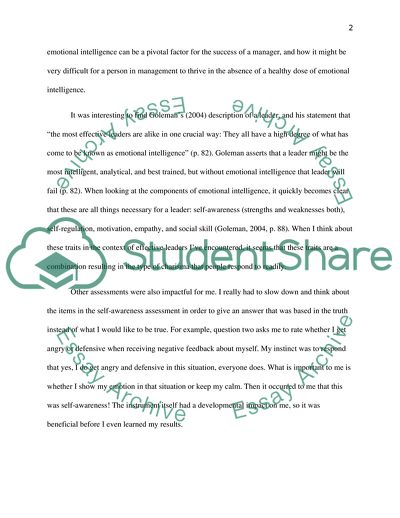Cite this document
(Self-Analysis and Emotional Intelligence Assessment Essay, n.d.)
Self-Analysis and Emotional Intelligence Assessment Essay. https://studentshare.org/professional/1773268-self-analysis-paper
Self-Analysis and Emotional Intelligence Assessment Essay. https://studentshare.org/professional/1773268-self-analysis-paper
(Self-Analysis and Emotional Intelligence Assessment Essay)
Self-Analysis and Emotional Intelligence Assessment Essay. https://studentshare.org/professional/1773268-self-analysis-paper.
Self-Analysis and Emotional Intelligence Assessment Essay. https://studentshare.org/professional/1773268-self-analysis-paper.
“Self-Analysis and Emotional Intelligence Assessment Essay”. https://studentshare.org/professional/1773268-self-analysis-paper.


